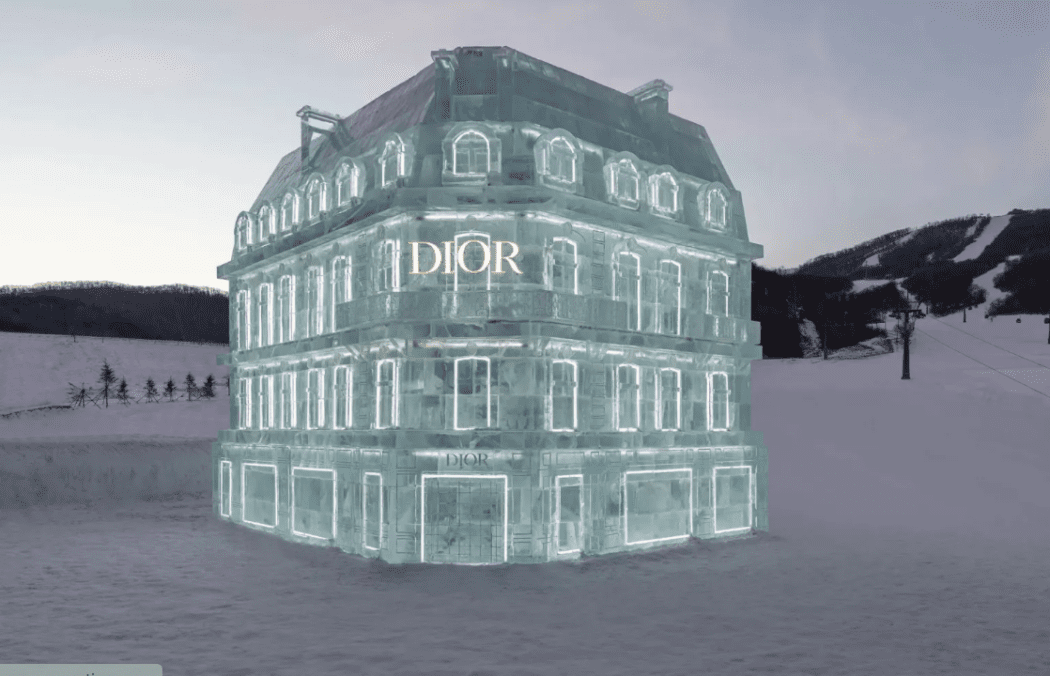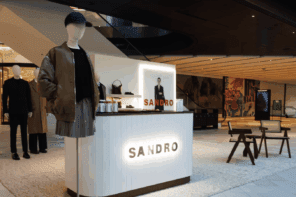The luxury market in China is rapidly expanding, set to account for half of global luxury sales by 2025. The post-COVID era has ushered in a new era of innovation, integration, and competitiveness, reshaping the global luxury industry. However, to succeed in this dynamic landscape, British brands and others alike must understand the evolving preferences of the sophisticated and innovative Chinese luxury consumer. This article delves into the key aspects that define luxury in China today and offers insights for brands looking to capture the vast opportunities presented by this lucrative market.
Cultural Sophistication as the New Luxury
Chinese luxury consumers are increasingly embracing cultural sophistication as a marker of prestige. Being seen at art exhibitions, indulging in boutique hotels, and pursuing wellness activities such as yoga have become essential expressions of luxury. Western brands must adapt by fostering cultural relevance and creating experiences that align with the discerning tastes of Chinese consumers.
Offline Experiences with Unprecedented Creativity
In the hyper-connected Chinese market, physical experiences have gained even greater significance. After a period of restrictions and uncertainty, consumers are seeking out engaging and entertaining offline activations. Luxury brand pop-ups and events in China are unparalleled in their creativity, innovation, and extravagance. Brands should break free from traditional playbooks, taking calculated risks and venturing into unconventional settings to captivate consumers. Examples such as Dior’s ice palace at a ski resort and Fendi’s Outdoor café demonstrate the allure of experiential marketing.
The Rise of Chinese Brands
Western brands must not underestimate the competition in China, assuming it comes solely from their Western counterparts. Chinese brands across various sectors, including beauty, retail, hospitality, and fashion, are pushing boundaries and resonating with young, proud consumers through innovative and relevant approaches. From the dominance of local brands in the EV market to the shifting preferences of Chinese entrepreneurs favoring Chinese automakers, foreign luxury brands face formidable competition from their domestic counterparts.
Anticipating the Return of Chinese Travelers
As international travel resumes, brands eagerly anticipate the return of Chinese travelers. According to a recent report, 76% of Chinese shoppers express a desire to travel internationally within the next six months. However, challenges such as limited flight capacity and visa delays persist. Brands must ensure they meet the expectations of Chinese travelers by offering unique experiences, convenience, and exclusivity. Understanding their evolving needs will be instrumental in winning their loyalty and capturing their wallets.
China continues to offer immense opportunities for luxury brands, but success hinges on understanding the evolving preferences of Chinese consumers. The post-COVID era has catalyzed profound behavioral changes, making Chinese luxury consumers some of the most discerning in the world. Brands must adapt and embrace cultural sophistication, create immersive offline experiences, acknowledge the rise of Chinese brands, and prepare for the resurgence of Chinese travelers. With strategic boldness, brands can seize the enormous potential presented by the innovative and dynamic luxury market in China.





